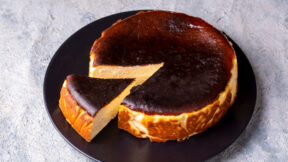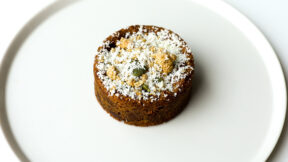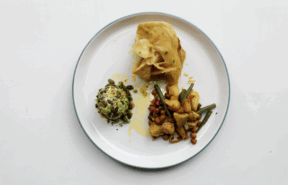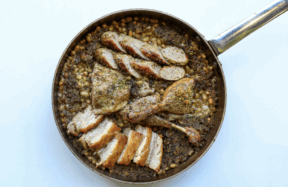Recipes
Classic Victoria Sponge
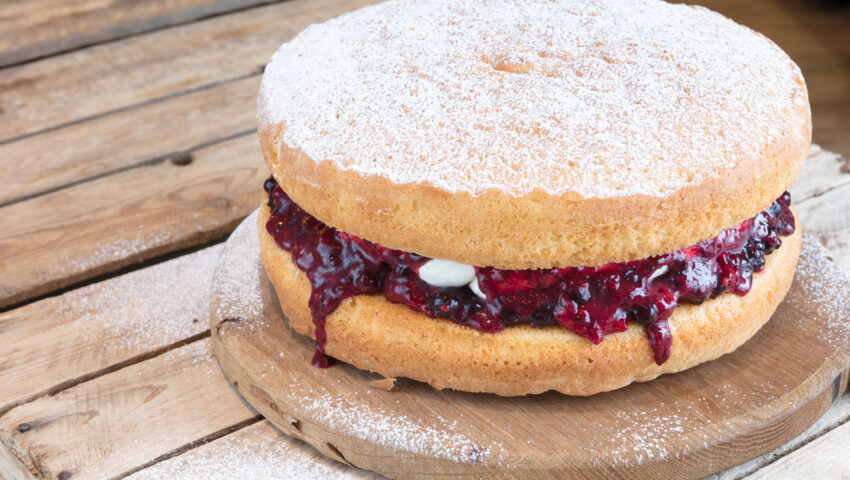
A classic Victoria Sponge adds a little magic to any afternoon tea or celebration. This lovely recipe is easy to follow and if you have any difficulties we have added some great hints and tips to help you out.
Method
- Set oven to gas mark 4 / 180c / fan 160c
- Line two, 8 inch sandwich tins with parchment paper.
- Cream together butter and sugar until a light, creamy colour, add vanilla.
- Crack the eggs into a separate bowl, adding to the sugar and butter one at a time until fully incorporated.
- Add the flour, carefully folding through so you don’t knock any air out.
- Equally divide the mix into 2 sandwich tins, smoothing the mix out.
- Place in the oven for 25-30 minutes. Depending on the oven, this may take more or less time, check with a metal skewer. If this comes out clean it is done, if not carefully place back in the oven.
- Once cooked, leave to sit in the tins for 5 minutes, then turn out onto a cooling rack until completely cooled.
- Make the buttercream by beating the butter until soft, gradually add the icing sugar, mix the buttercream until smooth, if you want a thinner consistency then you can add 1 or 2 tablespoons milk to this.
- To assemble the cake, place one of the sponges on your desired plate or serving dish, spread the buttercream on top of the sponge.
- Spoon on an even layer of strawberry jam onto the buttercream.
- Sandwich with the second sponge, finishing with a dusting of icing sugar on top.
Storing the cake
Keep at room temperature, well covered and out of direct sunlight. The cake will keep fresh for 2-3 days.
Hints and tips
There are quite a few things that can go wrong when you bake a cake. Here are some reasons why your cakes aren’t the triumph you hoped for and how to fix them.
My cake is dry and crumbly
There are 3 main reasons for a cake being dry
- When you are mixing the cake mixture you have over-mixed it. When you add the flour to the cake mixture you should gently fold in the flour until combined. It is now ready to put into your cake tin.
- Too much flour added to the recipe. When measuring your ingredients, make sure your scales are accurate. A few extra or too few grams of an ingredient can completely change the structure, taste and texture of a cake.
- A dry cake is usually caused by over-cooking it. Make sure you set a timer for your cake, ensure the temperature is correct before placing it inside the oven.
My cake looks cooked when I take it out of the oven but now it has sunk!
A sunken cake is one of a cook’s worst nightmares! You’ve spent time making a delicious sponge, left it to cool and come back to a sunken mess. To avoid a sunken cake, ensure that your oven is pre-heated, then allow the cake to cook for long enough. To test that your cake is done; Place a skewer in the centre of the cake, if it comes out clean you know your cake is ready. If the skewer has any cake batter on it, return it to the oven.
Adding too much raising agent to a cake mix allows the cake to rise up and makes it look cooked, but once removed from the oven it will sink. If using self-rising flour in a cake recipe do not add additional baking powder. Using either too much baking powder or bicarbonate of soda in your recipe will also give the cake a soapy flavour.
I’ve mixed my eggs into my sugar and butter but now it looks split, can I fix it?
When preparing ingredients for a cake, allow all the ingredients to come up to room temperature. The butter (or any fat) needs to be soft enough for it to easily mix with the other ingredients. When adding your eggs into your cake mix, only add them one at a time. Allow each egg to fully incorporate. If the eggs are all added at once or too quickly then your mix will split. This is because you’ve not allowed time for the fat and sugar to emulsify with the eggs.
If you’ve got a split cake mixture, add 1 tbsp of your weighed flour to this. Mix until it blends together, you can then continue adding the rest of the eggs one at a time and folding in the flour.
How do I remove my cake from the tin, it’s stuck!
To prevent your cake sticking to the tin make sure you line your tin correctly. Start by making sure your tin is clean, any small crumbs or burnt on bits can make your cake stick. Lightly cover your cake tin with a spray oil or knob of butter. Line the tin with a sheet of greaseproof paper cut the same size as the base of your tin. Place strips of paper around the edges of the tin ensuring that the whole tin is completely lined.
Why is my cake dense and heavy?
A dense cake can be the result of rushing through the stages of making a cake. When mixing together your butter and sugar allow for them to beat until fluffy. Add your eggs one at a time and finally fold the flour in to give you a light fluffy textured cake. When placing your cake in the oven carefully close the door. Do not be tempted to open it through the cooking process, this can cause the cake to collapse, leaving you with a dense cake.


